Joint pain: Causes and treatment

Most people have experienced joint pain at least once in their life, which may be due to one or more factors and it could be either an acute or chronic condition. [1] [4]
Joint pain can affect any part of the body, from the ankles and feet to the shoulders and arms, and can either affect a specific area of the body or be generalized, as in the case of fibromyalgia and chronic fatigue syndrome. [4]
Possible causes
When the pain is acute, it is usually due to an injury that has been caused by physical exertion due to intense exercise, poor posture, long standing / sitting position or due to increased body weight. It can also be a symptom of an infection (eg flu) or due to a sudden change in the weather. [1]
When the pain does not go away but is a chronic condition, it is caused in most cases by a pathological disease, such as various forms of arthritis (osteoarthritis, rheumatoid arthritis, psoriatic arthritis, gout) and certain autoimmune diseases (e.g. lupus). [1]
With age, the gradual deterioration of the body occurs and most people experience transient or permanent joint pain, which they treat depending on the cause. [1]
It has been shown, in fact, that the age over 50 and the female sex, are independent risk factors for osteoarthritis in the knees, hip and arms. In women, these problems occur mainly during the menopausal period. In addition, it has been shown that in people with increased anxiety the pain is more strongly perceived. [1] [2] [3]
In addition to the elderly, children often experience joint pain due to their rapid development. It is also worth noting that regardless of age, overweight and especially obesity, are risk factors for joint problems (e.g. knee osteoarthritis). [7]
With regard to physical activity, it has been shown that both immobility and sedentary lifestyle as well as excessive exercise – very regular and intense physical activity – can cause joint pain and increase the chance of minor injuries.
In all these cases, various ways of managing joint pain and the disease that may accompany it are suggested, depending on the needs and desires of each individual (eg medication, dietary supplements, exercise).
Joint pain and treatment
Regarding the management of joint pain, the following is a summary of the most basic – non-pharmacological – ways of treatment.
1. Maintaining healthy body weight
In addition to the general health benefits of maintaining a healthy body weight, achieved through a combination of balanced diet and regular physical activity, the likelihood of joint pain is reduced and, if there is already a problem, it helps to improve the condition as it reduces the intensity of the pain. [7]
As mentioned above, obesity seems to be an independent risk factor for osteoarthritis of the knee and hip, while rheumatoid arthritis is much more likely to occur in obese people compared to those within the desired BMI (Body Mass Index). [7]
2. Physical Activity
According to the results of numerous studies, regular physical activity and especially doing sports activities that are considered beneficial for the joints (eg swimming), are a key part of the effort to treat joint pain. [3] [5]
Both immobility and poor posture as well as excessive and intense exercise may have a negative impact on joint health. However, by adopting a balanced and practical exercise routine, one can achieve the desired result. It has been shown, in fact, that levels of physical activity are very likely to affect the sensation of joint pain. [3]
However, according to a study published in 2017 that aimed to investigate the effect of resistance training in people with osteoarthritis of the hands, it did not appear to provide a clinically significant effect on pain sensation. These findings are surprising, given that resistance training has been widely used in other forms of osteoarthritis (OA) with particularly positive effects on patients’ pain, function, and quality of life. [5]
Furthermore, a study regarding the difference in the possible beneficial effects of diet, exercise and their combination in overweight & obese people with osteoarthritis (OA) of the knee, found that the parallel implementation of a diet for weight loss and regular physical activity led to a noticeable improvement of quality of life. In particular, there was a significant reduction in inflammation and pain in the knees, while improving the ability and speed of walking. [6]
3. Diet
Adopting a calorie-balanced & quality diet seems to be a key element in managing joint pain. A typical example of a balanced diet is the Mediterranean Diet, as well as carefully designed vegetarian/vegan diets that provide all the necessary nutrients to the body. [7]
Regular consumption of whole grain foods, good fats (olive oil, nuts, etc.), fruits and vegetables and avoidance of processed foods, high in saturated fat meats, fried food and sweets, seems to help reduce inflammation, contribute to better weight management and to a reduction in joint problems. [7]
Especially in terms of fat quality, the benefits offered by monounsaturated fatty acids (MUFAs) are considered very important, while saturated fats (SFAs) on the contrary help to increase inflammation. Animal protein depletion has also been linked to lower rates of inflammation and is thought to improve symptoms in rheumatoid arthritis. [7]
Studies have shown that a low-fat diet can reduce joint pain and swelling, while diets rich in fruits, vegetables and legumes also seem to improve the condition through their antioxidant and anti-inflammatory properties. [7]
4. Dietary supplements
There are a number of specialized dietary supplements, which for many are an alternative and safer option – instead of medication – to reduce joint pain and contribute to the overall management of the condition that triggers the pain. [11]
Typical examples are supplements containing – individually or in combination – glucosamine sulfate, chondroitin sulfate, hydrolyzed collagen, MSM and curcumin. They seem to partially soothe joint pain through their analgesic, anti-inflammatory and / or antioxidant properties. [9] [10] [11]
Oral consumption of glucosamine & chondroitin sulfate (natural components of articular cartilage), either alone or in combination, according to various studies can help both reduce joint pain and slow down the progression of the disease that causes it. However, the available scientific data are contradictory in their effectiveness and, therefore, their retrieval is often a controversial issue. [8] [9] [10]
MSM (methylsulfonylmethane) is an organic source of sulfur and is commonly found in joint health supplement formulas, along with glucosamine sulfate and / or chondroitin. It seems to have anti-inflammatory & analgesic action, while according to research it may slow down the degenerative processes in the joints. [8]
Devil’s Claw is a beneficial herb with anti-inflammatory action and it is traditionally used to relieve joint pain and various musculoskeletal problems. Due to its beneficial action, it is often taken by people with arthritis and is often an ingredient in supplements that support joint health. [8]
Another anti-inflammatory herb that helps reduce inflammation and relieve pain is Turmeric (Curcuma longa) with the main active ingredient being curcumin. It has been shown to be particularly beneficial in cases of rheumatoid arthritis. [8]
Furthermore – although mainly known for treating motion sickness & nausea, Ginger (Zingiber officinale), is a soothing herb that may have a beneficial effect on diseases such as osteoarthritis and rheumatoid arthritis, mainly through its anti-inflammatory action. [8]
However, although several studies have shown a therapeutic effect, accompanied by remarkable safety, there is still insufficient statistically significant information on the effectiveness of the above ingredients in the management of osteoarthritis and joint pain. [11]
5. Mood, stress and sleep
The psychological state of each person as well as the quality & quantity of daily sleep, seem to be related to how strongly the pain in the joints is perceived. [2] [3]
A study published in 2020 attempted to investigate the possible relationship between psychology, sleep and physical activity in people with joint pain, with the feeling of pain they experience. The results showed that, among other things, a person’s poor psychological state is likely to affect the sensation of joint pain. [3]
It is also worth noting that a common feature among people with joint pain is stress. Assessing and treating stress, with the help of an expert, would be appropriate in these cases. At the same time, special attention is recommended in the choice of treatment in this group of people and it is suggested that physical activity be a key measure in improving joint health, as it has a positive effect on mental health. [2]
In summary, maintaining a good psychological state with as little stress as possible and a quality sleep routine is very likely to contribute to the management of joint pain and will certainly contribute to a better quality of life. [2] [3]
Examining the current guidelines for managing the various forms of arthritis, it becomes apparent that the data available on alternative therapies are inadequate and / or contradictory. The only method that seems to be approved unanimously, for the treatment of chronic joint pain, is regular physical activity / exercise and maintaining a balanced diet rich in antioxidants & anti-inflammatory ingredients. [4]
Find at Vita4you.gr a wide variety of supplements for joints and osteoarthritis!
References
- Joint pain
- Relationship of anxiety with joint pain and its management: A population survey
- Relationships Between Psychological, Sleep, and Physical Activity Measures and Somatosensory Function in People With Peripheral Joint Pain: A Systematic Review and Meta-Analysis
- Moving on to Movement in Patients with Chronic Joint Pain
- The effects of resistance training on muscle strength, joint pain, and hand function in individuals with hand osteoarthritis: a systematic review and meta-analysis
- Effects of Intensive Diet and Exercise on Knee Joint Loads, Inflammation, and Clinical Outcomes Among Overweight and Obese Adults With Knee Osteoarthritis: The IDEA Randomized Clinical Trial
- Nutrition Interventions in Rheumatoid Arthritis: The Potential Use of Plant-Based Diets. A Review
- Dietary Supplements for Osteoarthritis
- Current Treatment Options for Osteoarthritis
- Effect of a glucosamine-based combination supplement containing chondroitin sulfate and antioxidant micronutrients in subjects with symptomatic knee osteoarthritis: A pilot study
- Glucosamine and chondroitin for the treatment of osteoarthritis
Disclaimer
The content of this blogspot is not and can not be considered as medical advice, diagnosis or treatment. All information is provided to readers solely for informational purposes. There is no intention to substitute this content for personalized medical advice, diagnosis, prognosis or treatment.





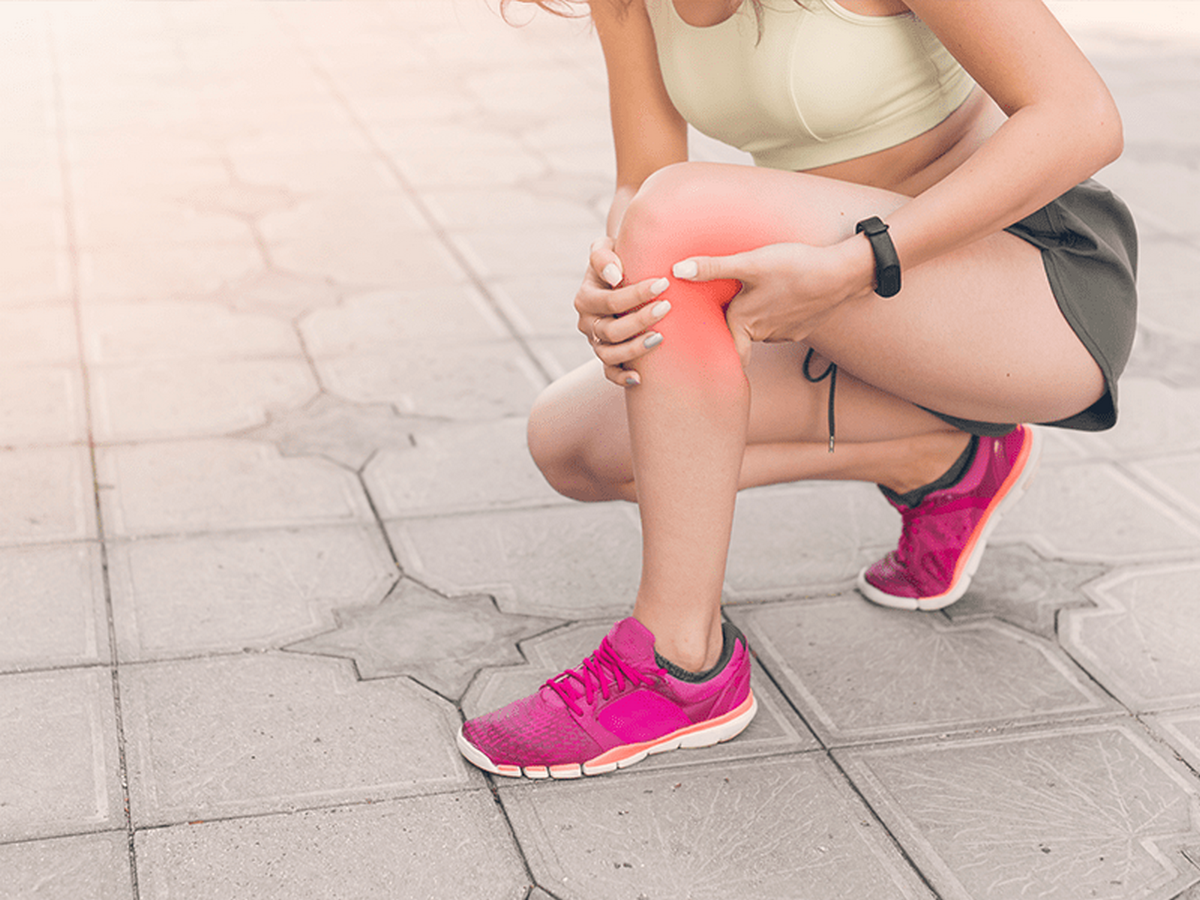
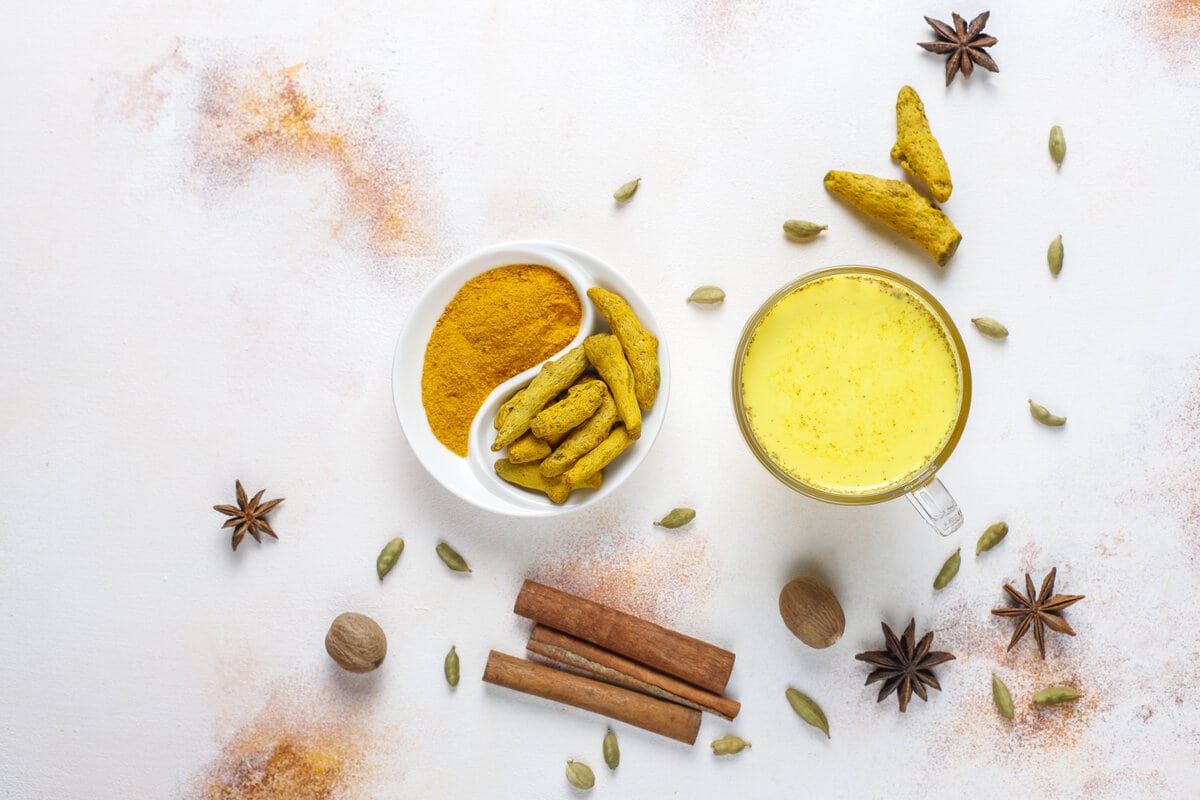
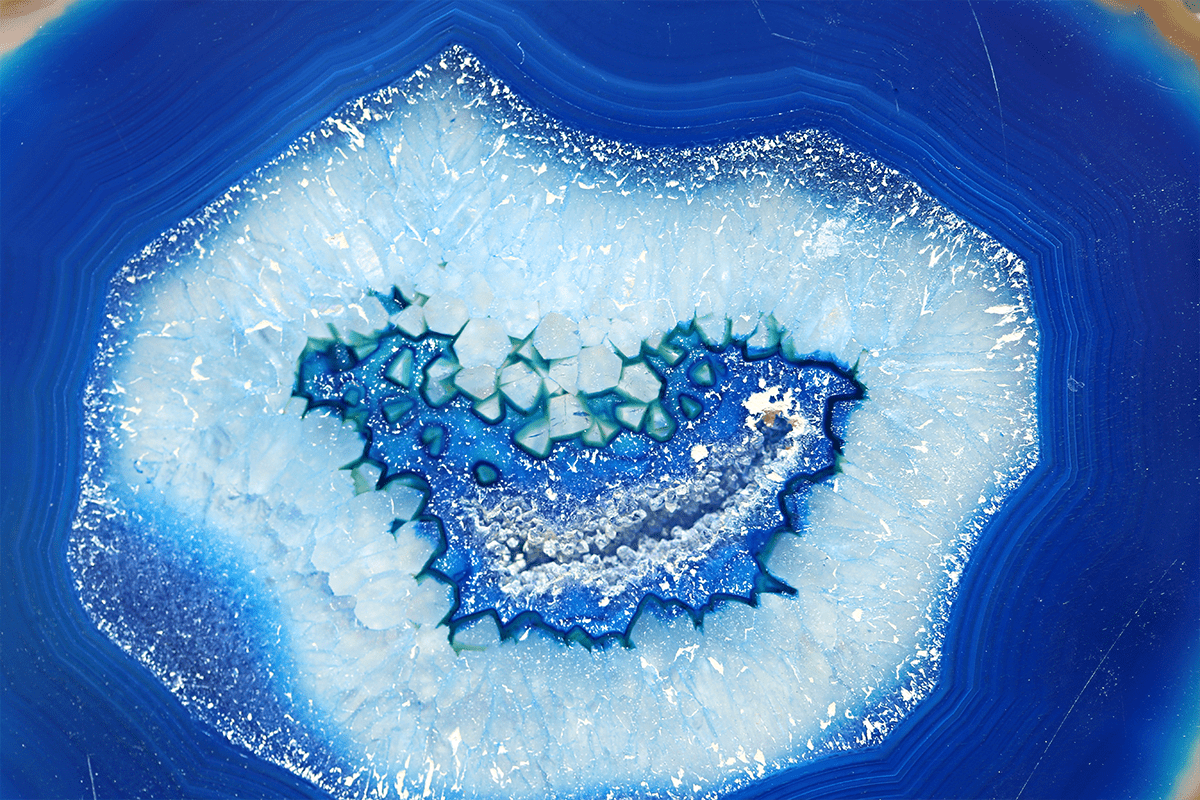
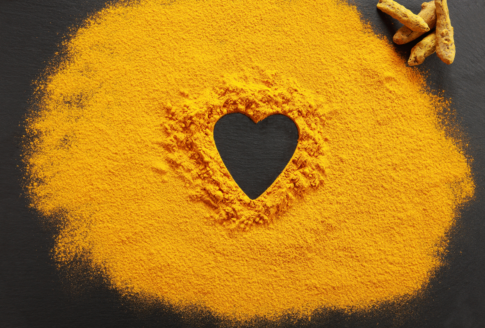
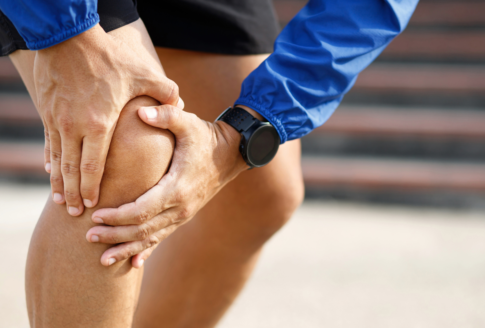
Leave a comment